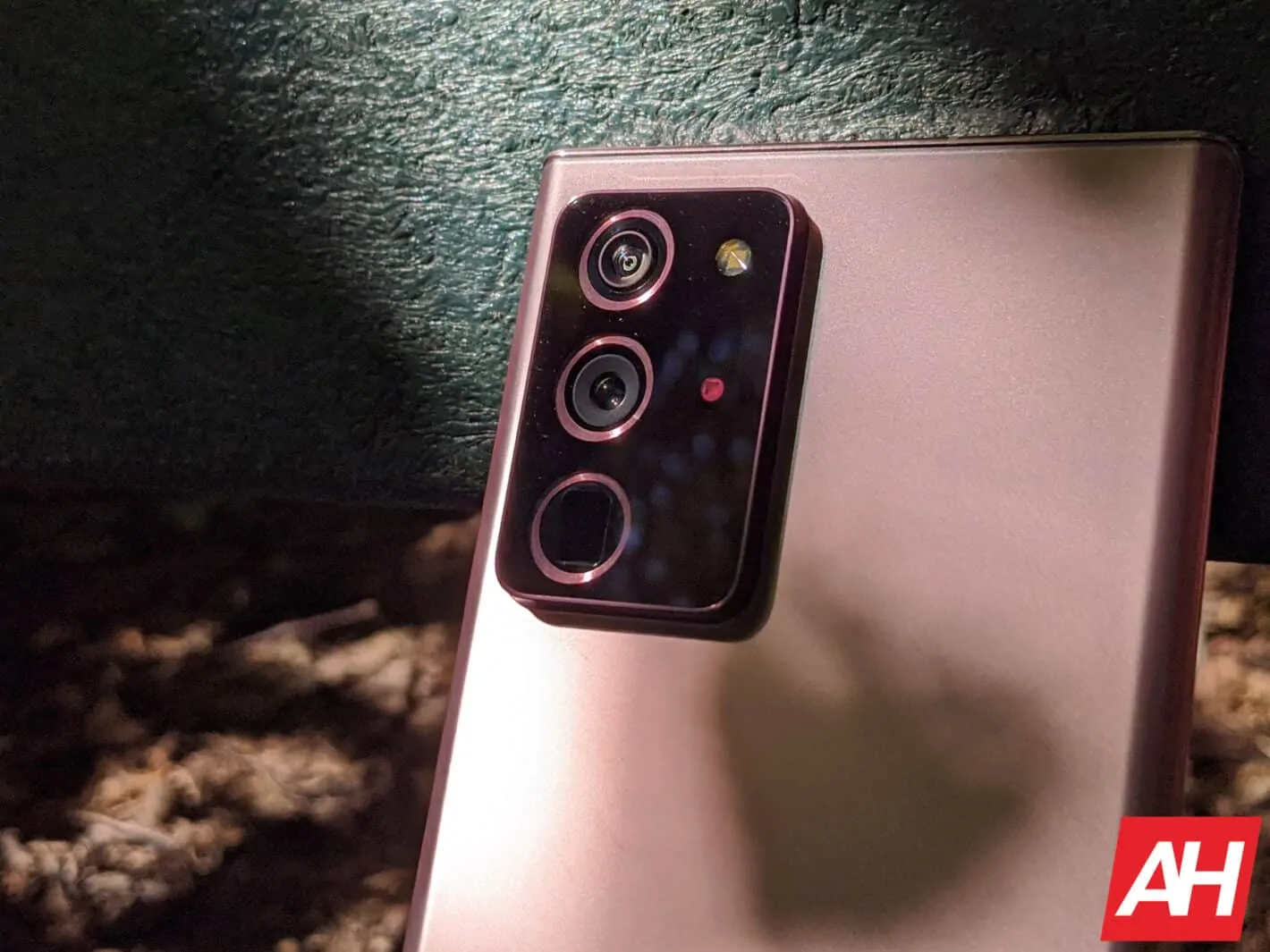Samsung continues to lag behind Sony in the smartphone image sensor market standings. As reported by Yonhap News Agency, this applies to the first half of 2020 as Samsung attempt to catch up with Sony in the standings.
Sony’s image sensor business appears to have gone from strength to strength in 2020. The company reported that they were unfazed by the pandemic back in March. However, in terms of smartphone shipments, the company has long lagged behind the competition with quite depressing results.
These new results, produced by Strategy Analytics, generally show a continuation of the status quo. Samsung aims to close the gap on Sony but for now, it still sits a way behind.
Sony continues to lead Samsung in image sensor market
Samsung reported a 32% market share as reported by Sammobile. However, Sony trumped this by 12%, coming in with over 40% of the market.
Lagging way behind in third place was Chinese-owned OmniVision Technologies Inc. with just a 9% market share. Overall, the smartphone image sensor market saw a 15% year-on-year revenue growth to reach $6.3 billion.
Stephen Entwistle, VP of the Strategic Technologies Practice at Strategy Analytics has written about the state of the market currently. He said that “The image sensor market growth was slowed by the impact of the pandemic on the overall smartphone market”.
However, he noted, “the momentum around high pixel sensors and the use of multiple cameras in smartphones is expected to shape a strong growth path”.
Samsung continues to try and close the gap
Samsung entered the market with ultra-high resolution sensors a couple of years ago. It launched the 8MP and 64MP camera sensors in 2019 before extending to an even greater number of pixels.
This came in the shape of the ISOCELL HM1 and the ISOCELL HMX feature 108MP sensors. Xiaomi and Samsung both used these sensors in their smartphones.
Samsung now seems to want to try and find that sweet spot where OEMs don’t have to sacrifice pixel count, pixel size, or autofocus reliability. The company has plans to 150MP, 250MP and even 600MP sensors to support the smartphone and automotive industry.
However, thus far the company has been unable to fully close the gap on Sony when it comes to the image sensor market. It looks like Samsung has not given up on this goal though and we can expect to see much more from Samsung in this vain over the coming months and years.

